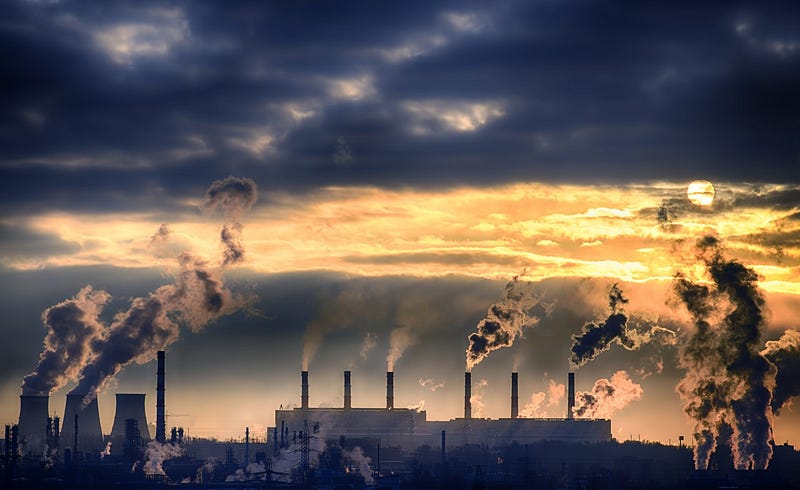Nature Takes Over Jakarta

Jakarta is a metropolitan city with rapid development and population growth. The land that was once fertile has now become a modern city with settlements and skyscrapers as far as the eye can see. However, behind the rapid development hidden fatal consequences.
The capital of Indonesia, which has stood for 492 years, is predicted to have only 30 years left before 95% of its northern area ends below sea level. This is caused by several factors, namely: land subsidence, rapid development, and global warming.

Based on research conducted by the Bandung Institute of Technology geodetic research team, annual land subsidence has reached 25 cm in North Jakarta, 15 cm in West Jakarta, 10 cm in East Jakarta, 2 cm in Central Jakarta, and 1 cm in South Jakarta. Land subsidence in North Jakarta has reached 2.5 m in 10 years. According to Heri, an ITB researcher, 80–90 percent of land subsidence is caused by excessive groundwater extraction. Indeed, most Jakarta residents depend on water from wells for their daily needs. Jakarta’s ever-increasing population also increases the number of new wells and the need for clean water. ”This massive extraction of groundwater is what causes the aquifer in the ground to collapse so that the ground sinks,” said Head of the BNPB Information and Public Relations Data Center, Sutopo Purwo Nugroho.

The grandeur of Jakarta, which is adorned with magnificent skyscrapers, is also a factor in causing problems that will only be felt in the future. Rapid development activities make heavy tonnage trucks drive around every day. Besides, heavy-weight infrastructure development also triggers vibrations under the ground resulting in a decrease in Jakarta’s already weak land due to excessive water exploitation. Even more sad about 33 of the 77 buildings in Central Jakarta are still taking water from illegal wells, even though such actions will harm themselves because land subsidence also affects the stability of the buildings and infrastructure above.

Based on an article by merdeka.com, rising sea levels due to the melting of polar ice caps is also one of the factors that can drown Jakarta. Data shows that the increase in seawater has reached 20 cm since 1978. When calculated with the extent of the ocean which is 361.1 million square km, it means that the volume of seawater has increased to 72 billion tons or 3.6 billion tons per cm increase in water level. Jakarta’s land subsidence and rising sea levels make Jakarta sink faster. Besides Jakarta, a similar problem is also faced by other cities such as Manila (Philippines), Ho Chi Minh (Vietnam), New Orleans (Louisiana, United States), Bangkok (Thailand), Osaka (Japan), Dhaka (Bangladesh), Shanghai (China), and Venice (Italy).
The problem that is being faced by Jakarta is not a problem of one city or one country, this is a problem for the whole world. We can no longer turn our face from the condition of our nature because we almost lost the race against time.

